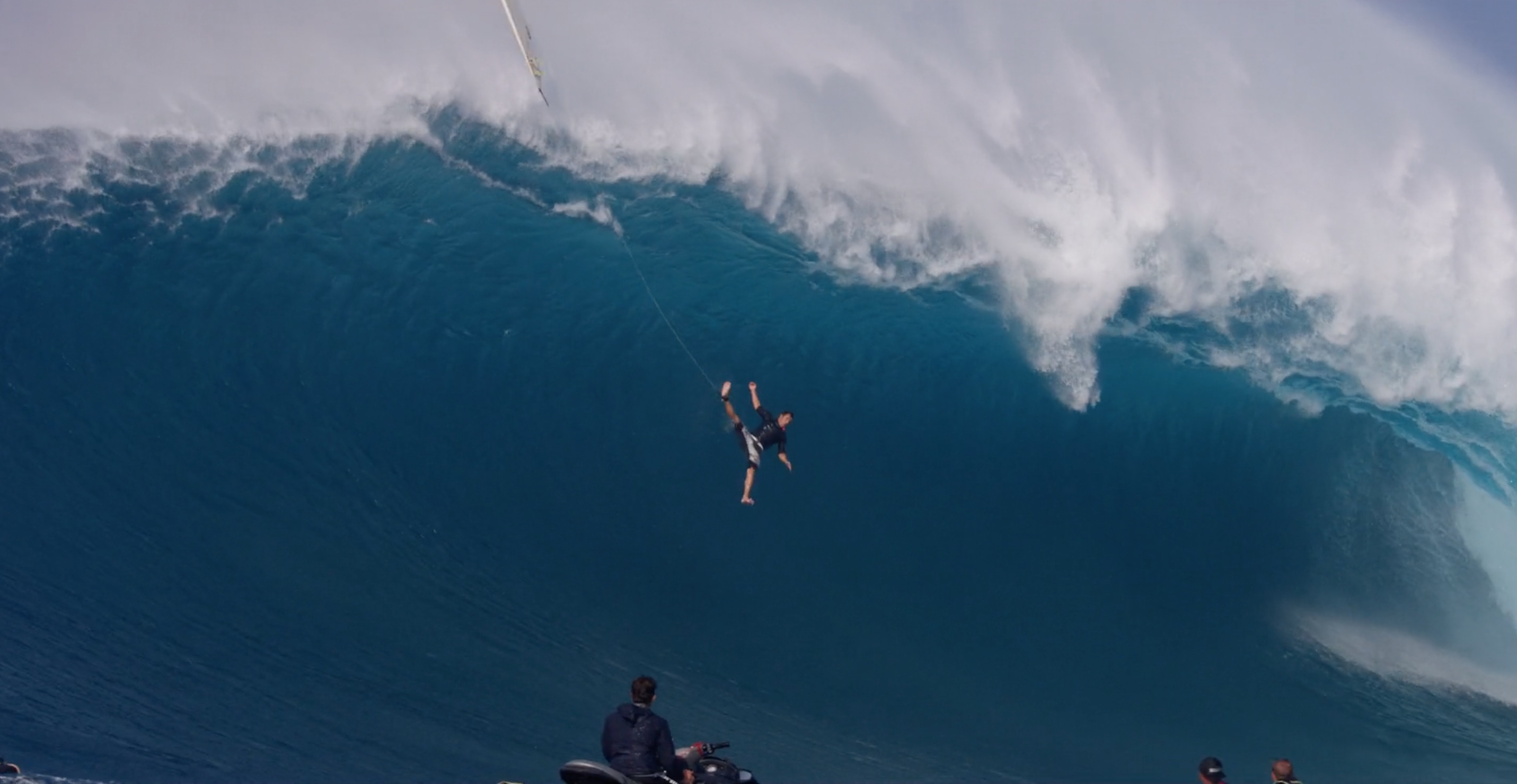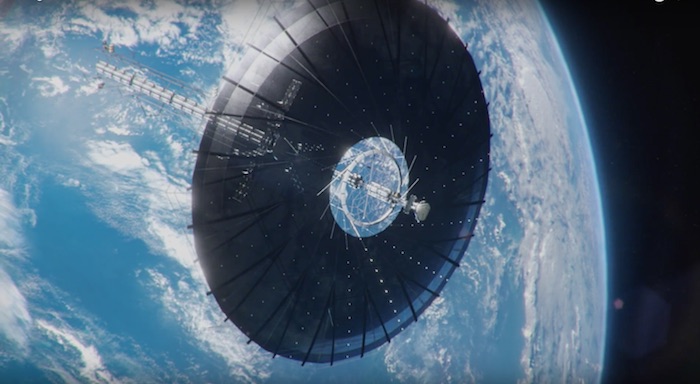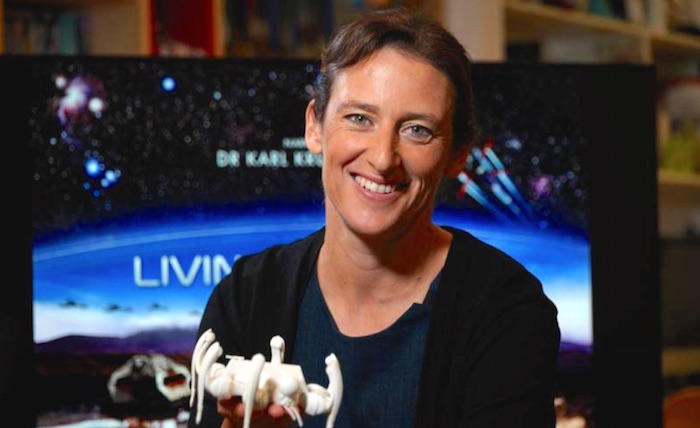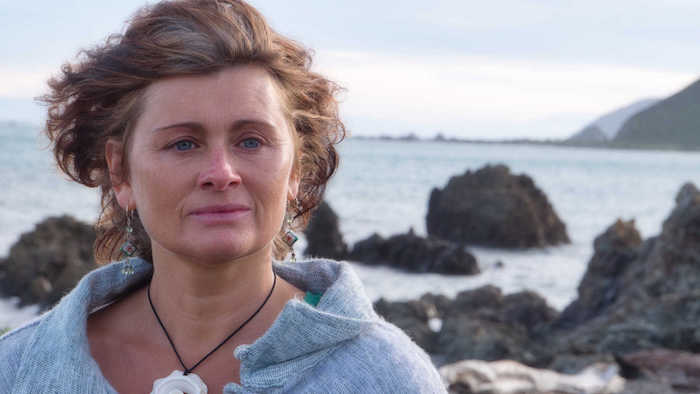SHARKWATER EXTINCTION
 Wednesday, July 17, 2019 at 10:45AM
Wednesday, July 17, 2019 at 10:45AM With: Rob Stewart, Regi Domingo, Madison Stewart and William Flores.
Writer/Director: Rob Stewart
Screening at 2019 MELBOURNE DOCUMENTARY FILM FESTIVAL on Saturday July 20 at 8.45pm.
Rating: ★ ★ ★ ★

In the wake of activist filmmaker Rob Stewart’s 2006 film Sharkwater, affective and discernible change to the global trade in shark fin meat and industrial fishing practices was implemented; it became one of the most high-profile and impactful advocacy documentaries of the decade. That a sequel is even necessary a mere 13 years later is shameful, testament that capitalistic greed can resurrect itself with as much determination to survive as the great predators of the ocean. And given it also chronicles Stewart’s heartbreaking ascent to martyrdom makes Sharkwater Extinction a profound film-going experience.
The Canadian-born filmmaker takes a travelogue approach to exposing the perpetrators of illegal and/or immoral commercial shark culls. His return to Costa Rica exposes the 180° shift in the protection policies implemented a decade ago, revealing that 10,000s of Hammerhead Sharks are slaughtered in the species’ primary breeding grounds every year; in Cape Verde, West Africa, he accesses the industrial freezing vessels containing tonnes of rare Blue Shark carcasses; and, just off the wealthy real estate of Los Angeles’ coastline, he captures the dying breaths of sharks caught in outlawed longnet fishing traps.
Stewart is an understated screen presence, allowing his facts, figures and fearless footage to drill home the brutality of an industry bent on wiping out the very resource that sustains it. With fellow ocean conservation warriors by his side (including Australia’s ‘shark girl’, Madison Stewart, no relation), Stewart comes at the illicit industry from all angles. When not in the water, he is having fast food, pet meat and even cosmetics analysed to reveal shark meat levels; with the aid of the scientific community, he reveals the massive amount of pollutants and toxins that shark meat retains.

While the sequel certainly drills home a similar agenda to Sharkwater, Extinction unfolds in a manner that tonally feels like a traditional ‘ticking clock’ narrative. This perfectly suits the ‘countdown to oblivion’ theme, but also serves to slowly shift the focus of the film to the fate of Stewart himself; by the time the caption ‘The Last Dive’ appears on screen, the audience’s emotional involvement in both the plight of shark and the penultimate moments of their closest land ally are inexorably linked. Extinction opens with Stewart recollecting that first moment when death at sea first confronted him ("The number of times I've almost died, then ended up being okay," he says), and how it imbued in him the "Don't give up" ethos that drove him to fight for right.
Although Rob Stewart is credited as director, Sharkwater Extinction is most definitely not some self-aggrandizing farewell; friends and colleagues who had journeyed with him for much of his crusade completed the film in his absence. The final scenes serve as exactly the passionate call-to-action that the man himself was so skilful at crafting. Footage of him being at one with the creatures and seascapes he lived and fought for are as a profoundly inspiring as anything he had ever shot for the cause of shark conservation. They capture and honour a spirit that will live on in others.
 Documentary,
Documentary,  Environmental,
Environmental,  Melbourne Doc Fest
Melbourne Doc Fest 


















